Understanding the UX Butterfly Effect
In UX design, even the smallest changes can trigger unexpected consequences. This idea, known as the UX butterfly effect, highlights how a single decision in user experience can affect a product’s success over time. When designers underestimate how small interactions influence behavior, they risk building systems that confuse or frustrate users.
From the size of a button to the way an error message is phrased, seemingly minor decisions can have wide-reaching consequences. This is especially true when teams lack a long-term UX strategy and focus only on immediate wins. To design responsibly, we must acknowledge how UX choices influence not only the current interface but future user behavior and expectations.
At Webie’s digital services, we’ve seen firsthand how strategic UX planning turns minor tweaks into meaningful engagement improvements.
The Chain Reaction of UX Decisions
Every interaction within a digital product is part of a chain. Change one link, and you might alter the entire experience. This concept reflects the heart of the UX butterfly effect—the idea that a small UX decision today can result in large-scale impact tomorrow.
Examples of UX chain reactions:
- A redesigned login page might reduce bounce rates but also increase password reset requests if not tested thoroughly.
- A simplified checkout process may improve conversions but complicate returns if clarity is lost in the UI.
- Changing iconography to match trends can enhance aesthetics while confusing returning users who rely on familiar visual cues.
Each of these highlights how user behavior in design is shaped by even the tiniest adjustments. The way users respond is rarely isolated—it’s built on habits formed by previous interactions.
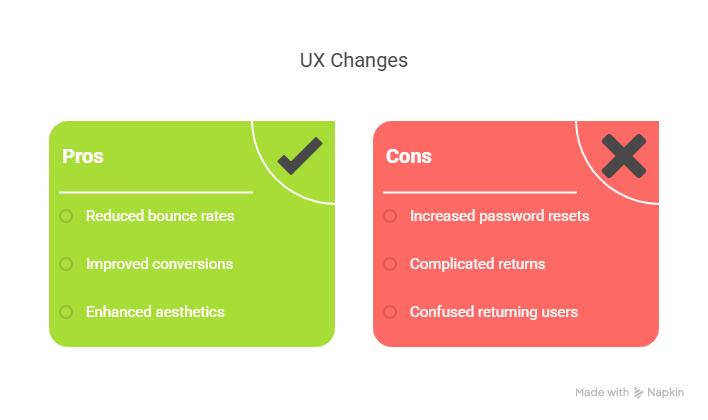
Why Small UX Choices Matter
It’s easy to dismiss small updates as insignificant. But in UX, nothing exists in a vacuum. Elements like typography size, button spacing, or microcopy tone may seem trivial—but they influence how users feel, decide, and trust a product.
Here’s why tiny choices carry weight:
- They build trust: Consistent micro-interactions assure users your product is reliable.
- They influence flow: A slightly delayed loading animation can frustrate or reassure, depending on design intent.
- They shape habits: Patterns in UI guide users into forming habits—good or bad.
If your team isn’t analyzing how these details contribute to the bigger picture, you’re missing crucial data. And worse, you may be undermining your users without realizing it.
Check out our post on Top Design Specification Mistakes in UX to avoid common pitfalls that can trigger unintended chain reactions.
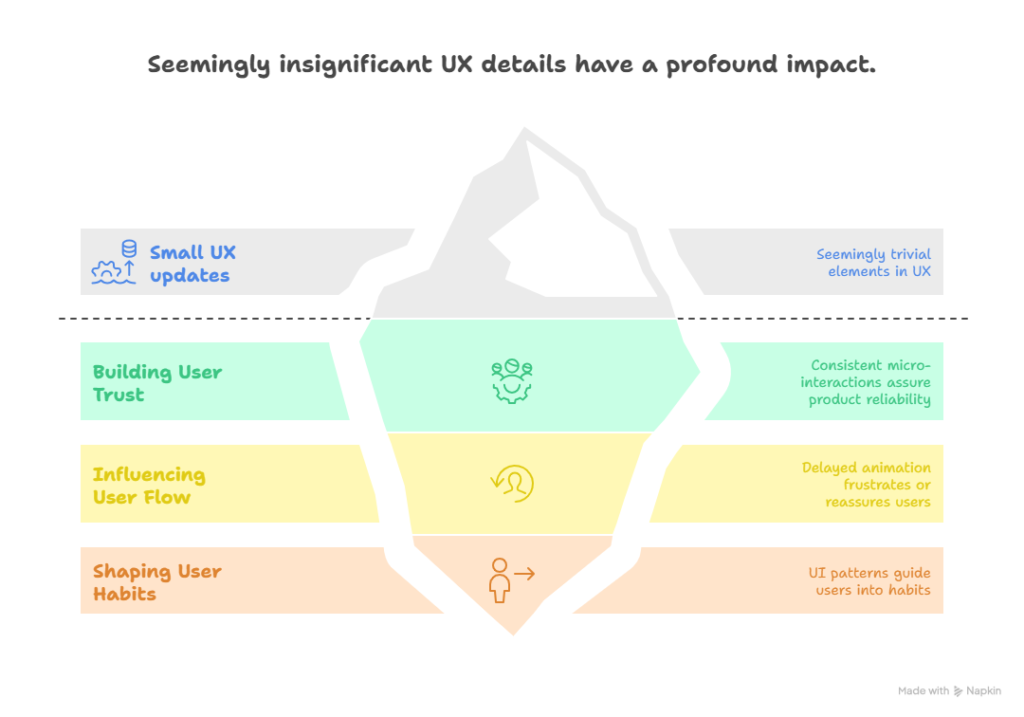
Designing With the Future in Mind
The impact of a small UX change isn’t just about what happens today—it’s about what will unfold weeks, months, or even years later. That’s why long-term UX strategy should guide every product decision, even the smallest ones.
Tips for future-forward UX design:
- Audit design decisions regularly – Review what’s working and what’s causing friction.
- Track behavior patterns – Use analytics to understand how users respond over time.
- Design for flexibility – Leave room for iteration so small fixes don’t break big systems.
- Collaborate cross-functionally – Developers, marketers, and UX designers should align on decisions that shape the user journey.
By planning ahead, you reduce the risk of creating a domino effect that breaks trust or reduces usability.
Final Thoughts: Respect the Ripple
The UX butterfly effect reminds us to respect the ripple effect of our design choices. Every click, swipe, and form field influences how users interact with a product—and how they feel about it. UX design isn’t just about solving today’s problems—it’s about shaping future interactions.
At BozzaBench, we’re passionate about exploring how small design details affect the big picture. Want more insights like this? Tune into our UX and design strategy podcast for weekly discussions that connect theory with real-world outcomes.

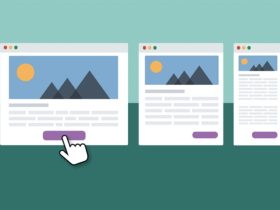











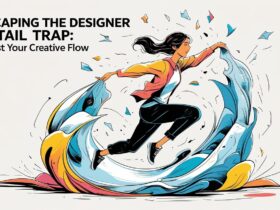
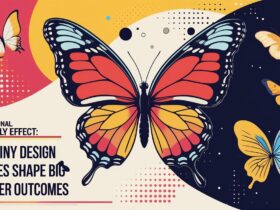








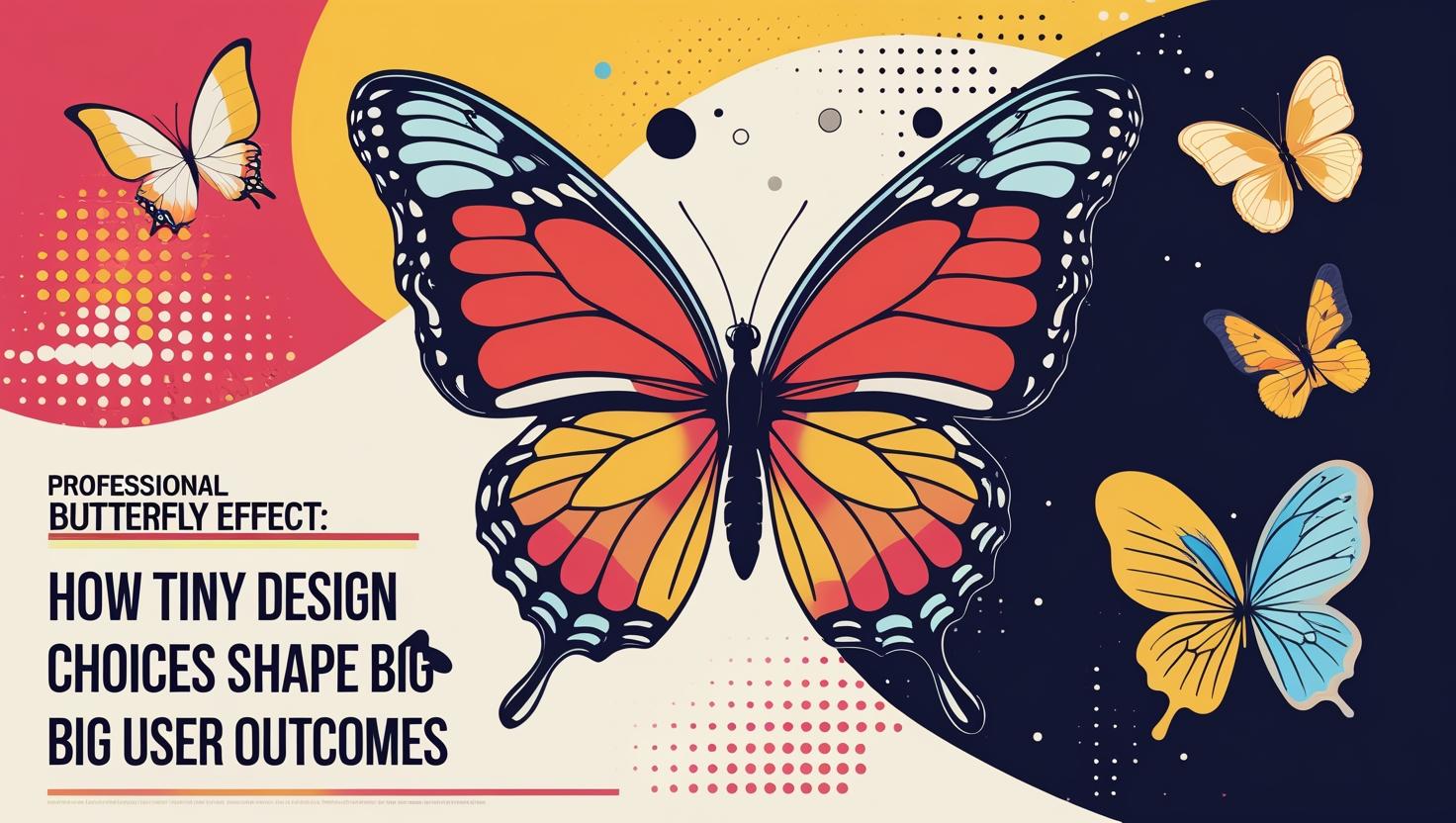
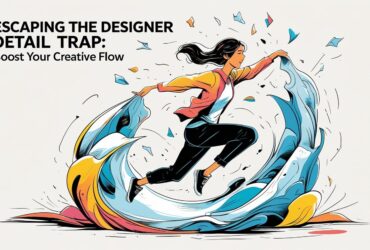


Leave a Reply